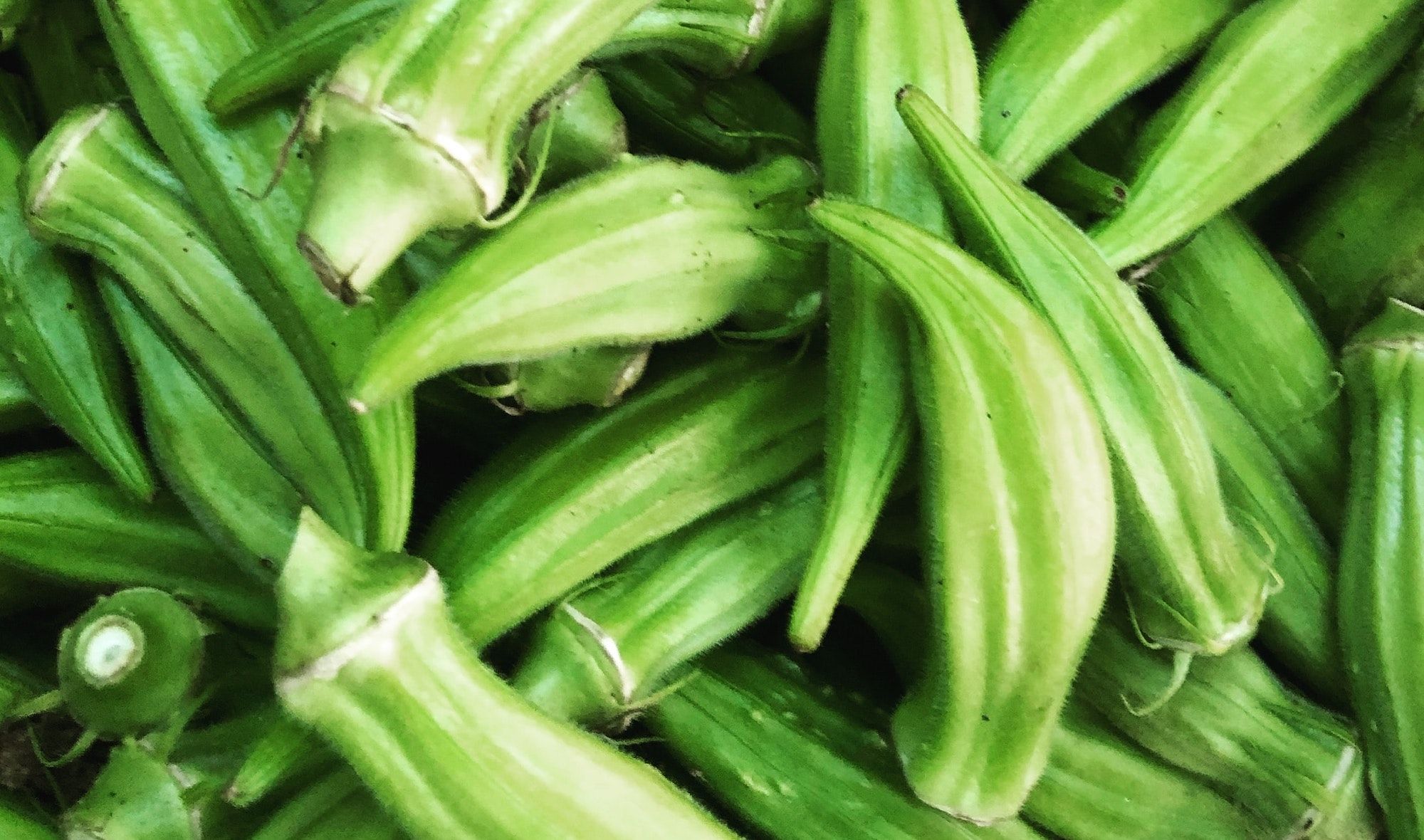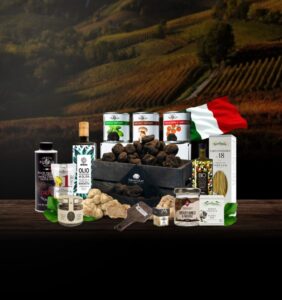
Okra signals deep summer. The finger-sized green vegetables (technically fruit) begin to mature on tall okra plants as fireflies leave the shadows and cicadas begin to zing on sultry evenings. If you were to walk into your own okra patch, you would brush past the plants’ silky hibiscus flowers and snap off your own tender crop. Failing home-grown, okra arrives by the crateful at farmers’ markets and supermarkets, and are versatile enough to be incorporated into a number of recipes.
When okra-surfing for inspiration, turn to West Africa, the Caribbean, India, the Middle East, and the American South for a wealth of recipes and ideas. Abelmoschus esculentus (the botanical name for okra) probably originated in West Africa and travelled along many human trade routes, reaching the US with enslaved people.
If you want to prepare okra for the first time but are intimidated by its slippery (ahem, slimy) reputation, you might watch an experienced shopper feeling the tip of each pod before choosing. Perhaps you will summon up the courage to ask them how they like to prep okra and cook it at home. But if you’re shy, we have some ideas about how to prepare the delicacy that features mightily in diverse cooking traditions.
Prepare Okra at home with these easy recipes and techniques?

Choosing Okra at the market
Let’s get one okra issue out of the way. While okra-connoisseurs know this and value it, new okra eaters may shun its defining quality: slipperiness. Okra is slippery. Embrace it. That said, younger, smaller okra pods are less mucilaginous than very mature, more bulky pods. Choosing different sizes of okra for different uses is one of the keys to enjoying versatile vegetables.
How to cook Okra at home?
A second tip for the slime-averse is this: high heat, and whole. Deep-frying, dry-frying, roasting, or sautéing whole okra allows heat to break down the interior gel, yielding a creamy, flavorful pod. The most tender okra pods are pinkie-finger sized or smaller (one of okra’s names is “lady fingers”). Cooked whole, dipped in batter, and fried, the crunchy coating is a fantastic contrast to their silken interior.
Roasting the little pods brings out their sweet flavour: Toss the okra in your favourite oil, dust with warm cumin and salt, and roast at 204 degrees Celsius for 30 minutes or until bite-tender. Serve with a lemon wedge or aioli for dipping. Whole okra lends itself to the dill-pickling tradition, and the soft, pickled pods are a tart and tender side to crisp foods like fried chicken or a crackly tartine. Summer means grilling, and these okra kebabs are loud with bright, warm-weather flavours. You will make them again and again.
Because they are vicious, larger okra pods are better suited to slicing and cooking low and slow with moisture, where their sticky juices and seeds help to thicken sauces, stews, and, most famously, a classic shrimp gumbo. Summer is not complete without a good vegan gumbo, celebrating the vegetable bounty of late summer and eating to the tune of a cricket serenade. Unite the two stars of late summer—okra and tomatoes—in this savoury sauce recipe for polenta (or buttered rice, or toasted sourdough).
We hope you feel inspired to welcome okra into your kitchen. You will not be disappointed.
(Hero and featured image credit: Elianna Friedman/Unsplash)
This story first appeared on www.marthastewart.com.
© 2021 Meredith Corporation. All rights reserved. Licensed from MarthaStewart.com and published with permission of Meredith Corporation. Reproduction in any manner in any language in whole or in part without prior written permission is prohibited.
The post How to prepare okra, an underrated summer vegetable you really should try appeared first on Lifestyle Asia Singapore.

